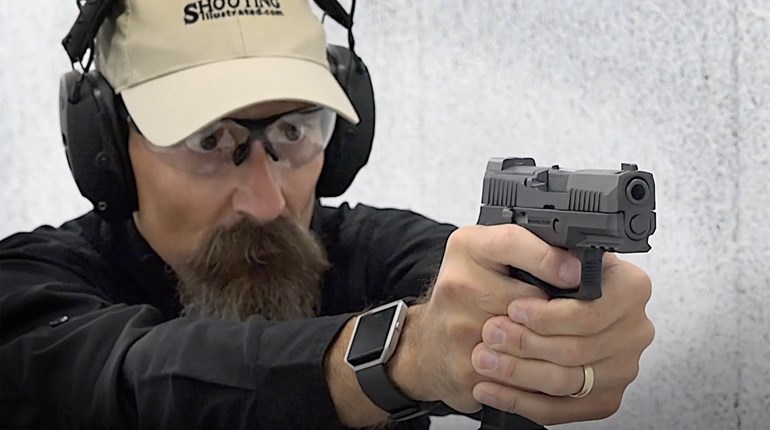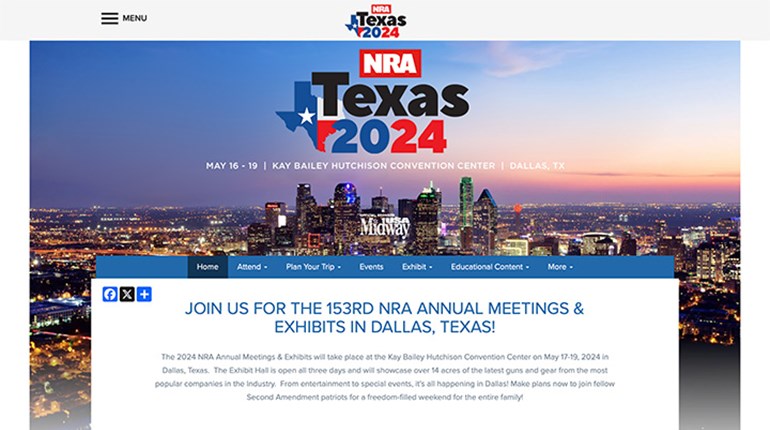
Many action pistol shooters zero their guns from a solid sandbag rest, head to a match, and then see their hits on the targets aren’t quite where they were from the bench. Sometimes they’re far enough off the mark to send them outside the A- or 0-Zone.
Some conclude they made a mistake and blew the shot. They may have. But their biggest mistake could have been relying on a zero from a solid rest.
Whether rifle or handgun, the firearm will begin recoiling while the bullet is still in the barrel. The consistency of the shooter’s hold on the gun is what allows the rounds to hit the zero point. Change the hold and the Point of Impact (POI) will change.

High Power Rifle competitors are well aware that the group they shoot at 600 yards from a bench rest is very likely to shift its POI when they drop into a prone position with a tight sling. The “hold” changes―which changes the POI.
This affect is more pronounced with the greater muzzle rise of a handgun during recoil. The rock solid grip on a bench isn’t likely to be duplicated when the gun is quickly drawn from a holster and fired rapidly from a freestyle hold. A bench rest zero is a start. But the final zero should be done freestyle, and from the holster.
Many expert shooters recommend an 8-inch white plate as a target. The hits are easy to see and the white plate provides a precise sight picture. An alternative (one which the author uses) is to cut the 0- or A-Zone out of a USPSA/ICORE/IDPA target and tape a piece of white copy paper over the hole on the back. It provides the same sight picture and records hits.
Start at 15 yards, draw from the holster, and deliver deliberate controlled pairs. Then repeat from 20 or 25 yards. Run at least 30 rounds. Then look at the resulting group.
Discount the obvious wild shots. Look at the main group center. This writer normally finds his center will be about 2.5-inches high and left (with a semi-auto) than the zero from the bench. That’s enough to put some rounds out of the 0- or A-Zone. Adjusting the group center to what is actually achieved during a match puts those rounds back in the 0-Zone.
A bench rest is nice, but shooters won’t have one with them during a match.


































